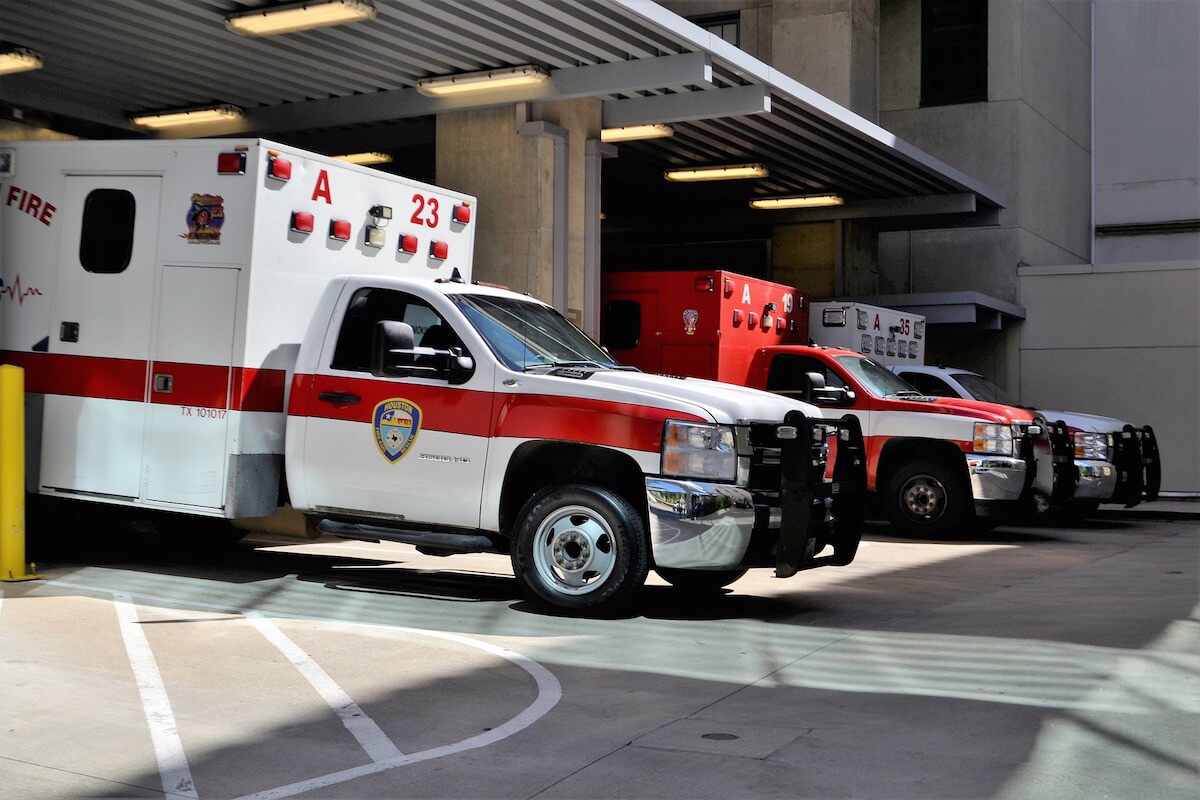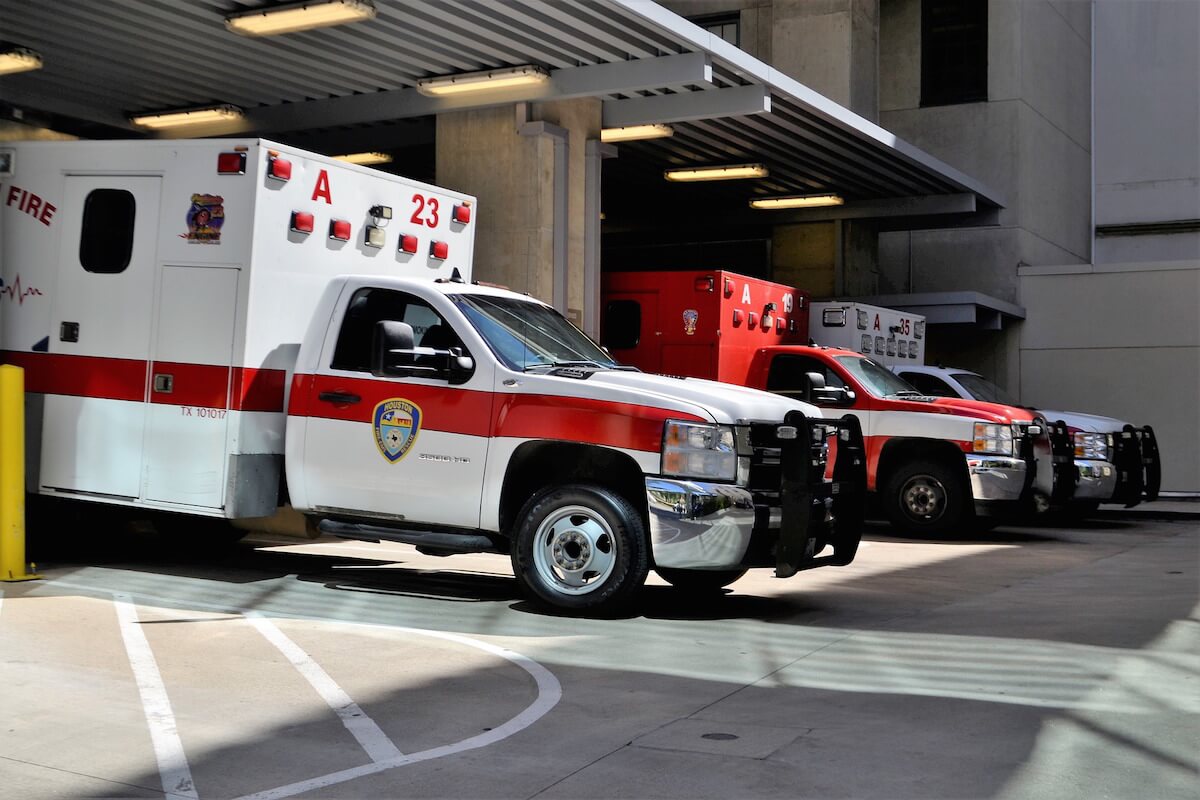Want to save a life? Follow rules of the road for drivers encountering emergency vehicles

In 2015, Facebook’s Chief Operating Officer Sheryl Sandberg penned a heart-wrenching post about mourning the loss of her husband, who died during a vacation from accidental blunt force trauma. In the piece, she described her grief and her frustration about the events immediately following his accident:
“Although we now know that Dave died immediately, I didn’t know that in the ambulance. The trip to the hospital was unbearably slow. I still hate every car that did not move to the side, every person who cared more about arriving at their destination a few minutes earlier than making room for us to pass. I have noticed this while driving in many countries and cities. Let’s all move out of the way. Someone’s parent or partner or child might depend on it.”
It’s a simple directive: move out of the way—for the sake of the patient, the emergency response crew and every driver’s own safety.
What does this ambulance etiquette entail? What, specifically, should drivers do when flashing lights and sirens are racing toward them?
“When you see an ambulance or any emergency vehicle approach you from behind, you should yield over to the right side of the street and come to a complete stop until the vehicle passes,” explained David E. Persse, M.D., physician director for the City of Houston’s Emergency Medical Services. He added that if there is no room to move to the right, drivers should not proceed through the red light to make room for an ambulance, fire truck or other emergency vehicle.
“You really shouldn’t be pushed through a red light by an emergency vehicle from behind,” Persse said. “If the light is red and all the lanes are full, you have to wait until the light changes, and then you proceed and get over to the right as safely as you can.”
This directive and others are clearly stated in the Texas Department of Public Safety’s Texas Driver Handbook:
You must yield the right-of-way to police cars, fire trucks, ambulances, and other emergency vehicles sounding a siren, bell, or flashing red light. If traffic allows, pull to the right edge of the road and stop. If you are unable to pull over to the right, slow down and leave a clear path for the emergency vehicle.
- You are not allowed to follow within 500 feet of a fire truck answering an alarm or an ambulance when the flashing red lights are on.
- Do not drive or park on the street where the fire truck has answered an alarm.
- Do not park in a location that interferes with the arrival or departure of an ambulance to or from the scene of an emergency.
The handbook goes on to address a related issue concerning police cars stopped on the side of the road—usually to pull a driver over for speeding.
Unless otherwise directed by a law enforcement officer, drivers who approach a stopped emergency vehicle with its lights activated must:
- Vacate the lane closest to the emergency vehicle if the highway has two or more lanes traveling in the direction of the emergency vehicle;
- Slow to a speed not more than 20 mph less than the posted speed limit when the posted speed limit is 25 mph or more; or 3. Slow to a speed less than 5 mph when the posted speed limit is less than 25 mph
“I don’t think everybody knows about this law,” Persse said, referring to the fact that vehicles should vacate the lane immediately next to the stopped emergency vehicle and, if not possible, slow to the stated speed. “You need to slow down to 20 mph or less if you’re in the next immediate lane—even if you’re on a freeway.”
Houston drivers are notorious for speeding and otherwise breaking public safety laws. A recent Houston Chronicle series examined the issue in-depth and declared the Bayou City region “the most deadly major metro area in the nation for drivers, passengers and people in their path.” Emergency vehicles—traveling at high speed beyond typical traffic flow—can present an added hazard, especially if other drivers do not understand their roles and responsibilities.
“The person who is driving the emergency vehicle is expecting that you’re going to follow the standard rules of the road and get over to the right and come to a stop,” Persse said. “It’s problematic when we have some people following the rules and other people ignoring the rules.”
Persse offered the illustration of an emergency vehicle traveling on a multi-lane street with a car in the left-hand lane, known as the No. 1 lane. If the No. 2 lane is open, he said, the driver of the emergency vehicle is going to expect the car to pull over into that No. 2 lane and continue to the right shoulder.
“When you don’t, sometimes the emergency vehicle drivers are then tempted to pass you on the right—which they’re not supposed to do, but there’s that temptation for them to do that—and then, if at the last second you decide to change lanes, now we have a collision,” he explained.
According to the National Highway Traffic Safety Administration (NHTSA), between 1992 and 2011 there was an estimated annual average of 4,500 crashes involving an ambulance in the United States. Of those crashes, 34 percent resulted in one or more injuries and 1 percent resulted in a fatality. Interestingly, the injuries were sustained not only by crews and the patients inside the ambulance, but also those in other vehicles. Of the fatalities, only 25 percent occurred inside the ambulance.
Moreover, fatalities can happen during an event known as “wake-effect” or “emergency vehicle-related collisions,” in which ambulances pass through traffic safely but inadvertently cause crashes immediately behind them.
“The emergency vehicle gets through just fine, but then the drivers around and really behind the emergency vehicle, who aren’t all following the rules or aren’t paying attention, they then run into each other,” Persse said. “It’s a wake-effect, just like a wake behind a boat.”
Persse said that the single most important action a driver can take is staying focused.
“You really need to be paying attention to your driving—not what’s on the radio and certainly not what’s going on with your phone,” he said. “I think there are a lot of people on the road who absolutely intend to do the right thing, but because they’re in these very sound-proof vehicles or they’ve got music on the radio turned up or it’s a bright sunny day—they may not notice an emergency vehicle right behind them. So whether it’s an emergency vehicle or a kid coming out of a driveway on their bicycle, if you’re somebody who’s driving who is just not paying close attention, you’re a dangerous driver.
“You’re not a bad person, but you’re driving a 3,000-pound or 2,000-pound weapon. And you’re responsible for it.”





